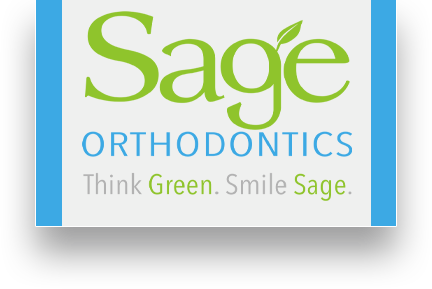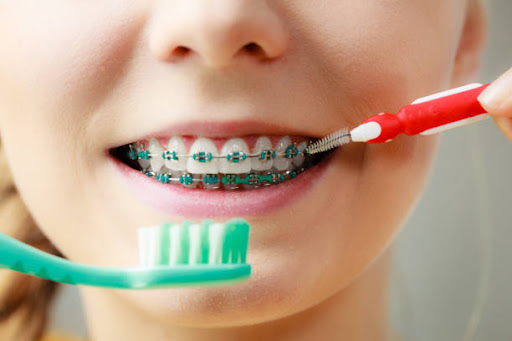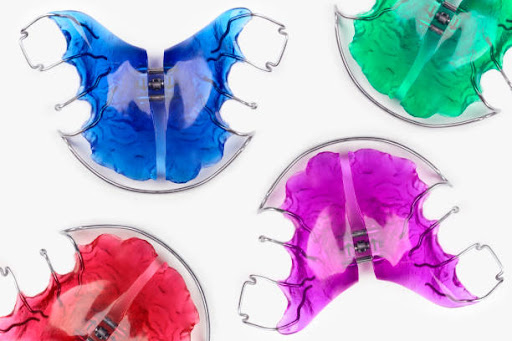Orthodontics is often thought of as a treatment for children and adolescents. However, there are many benefits of orthodontics for adults as well. Orthodontics can improve your oral health, your appearance, and your self-esteem. In this blog post, we’ll explore the benefits of orthodontics for adults and why it’s never too late to get braces.
Orthodontics is important for adults for several reasons. First, it can help with the function of your teeth and jaws. Second, it can improve the appearance of your teeth and smile. Third, it can help prevent or reduce problems with your teeth and jaws later in life.
So if you’re an adult who is considering orthodontic treatment, know that you’re not alone. Orthodontics can be a great way to improve your oral health and your overall well-being.
What are the benefits of orthodontics for adults?
Orthodontics is not just for teenagers. More and more adults are seeking treatment to straighten their teeth and achieve a more attractive smile. While the most obvious benefit of orthodontics is an improved appearance, there are also many other benefits that can improve your overall oral health.
Some of the benefits of orthodontics for adults include:
- Improved oral health: Straight teeth are easier to clean and less likely to develop cavities or other problems.
- Corrected bite: Orthodontic treatment can correct a misaligned bite, which can help to alleviate pain and prevent further damage to the teeth.
- Improved self-esteem: A straighter, more attractive smile can boost self-confidence and help you feel better about yourself.
How can orthodontics improve your life?
Orthodontics is a branch of dentistry that deals with the diagnosis, prevention, and treatment of dental and facial irregularities. Orthodontic treatment can improve the appearance of your teeth and jaws, and it can also help improve your bite. In addition, orthodontic treatment can also help to improve your overall oral health.
If you are considering orthodontic treatment, then you may be wondering how it can improve your life. Here are some ways that orthodontics can improve your life:
- Orthodontics can improve the appearance of your teeth and jaws.
- Orthodontics can help to improve your bite.
- Orthodontics can help to improve your overall oral health.
- Orthodontics can help to improve your self-esteem and confidence.
Are there any risks associated with orthodontics for adults?
Orthodontics for adults is a growing trend, but there are some risks associated with it. The most common complication is root resorption, which is when the roots of the teeth start to dissolve. This can happen when the braces put too much pressure on the teeth. It’s important to consult with an orthodontist before getting braces to make sure that you are a good candidate for the treatment and to discuss the risks involved.
Orthodontics can provide many benefits for adults, including improved oral health, a more aesthetically pleasing smile, and increased self-confidence. While the decision to pursue orthodontic treatment is a personal one, it is important to consult with a qualified orthodontist to learn about the treatment options available and to develop a treatment plan that meets your individual needs. Please contact our orthodontic office to schedule a consultation.









